Shabby Chic Style: Reimagine Vintage!
Shabby Chic Style: Reimagine Vintage!
The shabby chic aesthetic, a beloved style for decades, transcends mere fashion trends. It's a philosophy of embracing imperfection, celebrating history, and finding beauty in the patina of time. More than just a collection of clothes, it's a lifestyle that whispers tales of bygone eras while remaining refreshingly modern. This in-depth exploration delves into the heart of shabby chic style, examining its core elements, its evolution, and how to successfully incorporate it into your own wardrobe.
Understanding the Essence of Shabby Chic
At its core, shabby chic is a carefully curated juxtaposition of seemingly disparate elements. It's the harmonious blend of vintage charm and modern sensibility, where delicate floral patterns coexist with distressed textures, and pastel hues mingle with creamy whites and muted earth tones. It's about creating a look that is both romantic and effortlessly elegant, suggesting a life lived richly and authentically.
The key to understanding shabby chic lies in its intentional imperfection. Unlike pristine, untouched vintage, shabby chic embraces the signs of wear and tear. Faded fabrics, delicate fraying, subtle discoloration – these aren't flaws; they're integral parts of the aesthetic's allure. They tell a story, whispering of cherished memories and a life lived fully. This appreciation for age and history sets shabby chic apart from other styles, imbuing it with a unique depth and character.

The Key Elements of Shabby Chic Clothing
Several key elements consistently define shabby chic clothing:
- Soft, Flowing Fabrics: Think delicate cotton, lightweight linen, soft silk, and sheer voile. These fabrics contribute to the overall feeling of femininity and romance. The slightly rumpled, less-than-perfect look is encouraged, adding to the effortless charm.

-
Pastel Color Palette: Muted pastels like blush pink, lavender, mint green, and creamy ivory are staples. These gentle shades evoke a sense of calm and tranquility, reflecting the aesthetic's overall peaceful vibe. While bolder colors can be incorporated, they are usually used sparingly as accents.
-
Floral Prints: Delicate floral prints are ubiquitous in shabby chic clothing. Think tiny posies, rambling roses, and intricate botanical patterns. These prints often appear on dresses, skirts, blouses, and accessories, further enhancing the romantic and feminine feel.
-
Lace and Embroidered Details: Lace trims, delicate embroidery, and intricate detailing add layers of texture and visual interest. These embellishments create a sense of opulence and handcrafted quality, reinforcing the vintage inspiration.
-
Distressed Finishes: Subtle distressing adds to the overall vintage feel. Faded colors, slightly frayed edges, and a generally worn-in look are desirable. This isn't about looking sloppy; it's about achieving a carefully controlled, lived-in aesthetic.
-
Vintage-Inspired Silhouettes: Shabby chic frequently borrows from vintage silhouettes. Think flowing maxi dresses, high-waisted skirts, ruffled blouses, and empire-waist tops. These styles often have a feminine, romantic, and slightly nostalgic feel.
-
Layering: Layering is crucial for achieving a truly authentic shabby chic look. Combine delicate camisoles with cardigans, layer necklaces, and add scarves for added texture and depth. This approach creates a sense of richness and complexity, avoiding a simplistic, one-dimensional appearance.
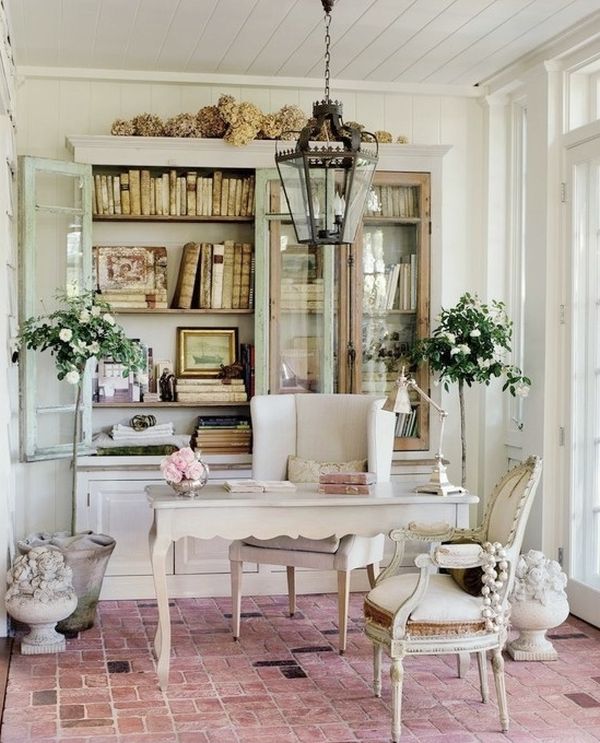
Building Your Shabby Chic Wardrobe
Creating a cohesive shabby chic wardrobe requires careful consideration and a keen eye for detail. Here’s a step-by-step guide to help you get started:
- Start with the Basics: Invest in a few key pieces that embody the core elements of the style. A flowy maxi dress in a pastel floral print, a delicate lace blouse, and a high-waisted skirt are excellent starting points.
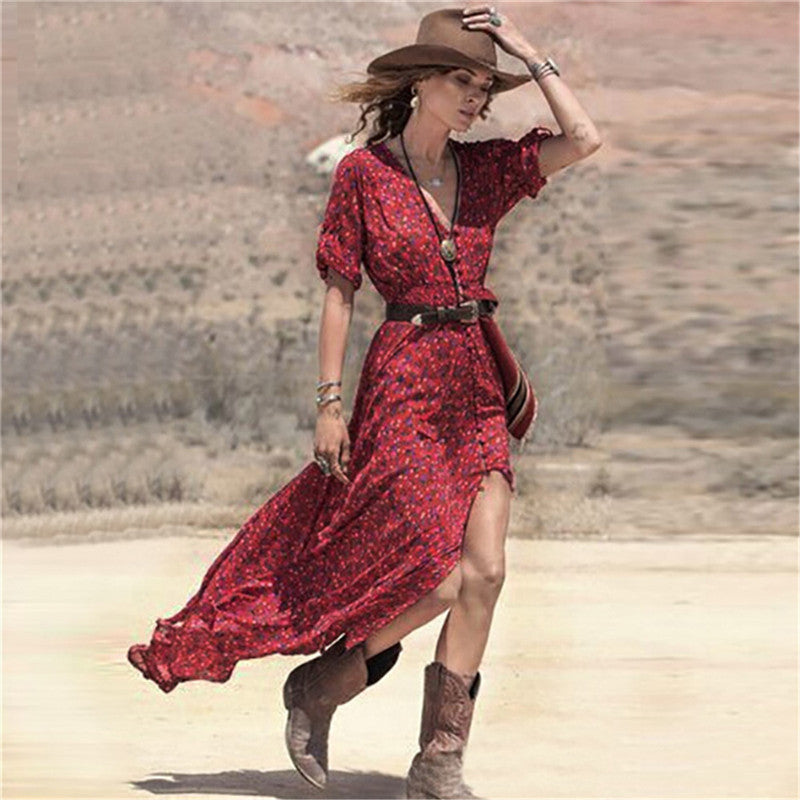
-
Add Texture and Layers: Don't be afraid to experiment with layering. Combine different textures, such as lace, linen, and cotton. Add a cardigan or a light jacket over a dress or blouse for extra warmth and visual interest.
-
Accessorize Strategically: Accessories play a significant role in the shabby chic aesthetic. Delicate jewelry, vintage-inspired handbags, and patterned scarves can elevate your look. Consider adding elements like brooches, hair ribbons, or antique-looking buttons.
-
Embrace Imperfection: Don't shy away from slightly worn or vintage-inspired pieces. A gently faded blouse or a skirt with delicate fraying can add to the overall charm.

-
Shop Strategically: Thrift stores, antique shops, and online marketplaces like Etsy are treasure troves for finding authentic vintage pieces. You can also find many modern interpretations of shabby chic clothing in boutiques and online retailers.
-
Consider the Overall Look: Pay attention to how your pieces work together. The overall aim is to create a cohesive and harmonious look, not a haphazard collection of individual items.
Beyond the Clothes: The Shabby Chic Lifestyle

Shabby chic extends beyond clothing. It's a holistic aesthetic that permeates various aspects of life, influencing home décor, lifestyle choices, and even personality expression. A shabby chic home, for instance, might feature distressed furniture, floral wallpapers, antique accents, and a general atmosphere of relaxed elegance. This overall aesthetic is one of embracing imperfection, appreciating history, and finding beauty in the unexpected.
The shabby chic lifestyle emphasizes comfort, authenticity, and a love for the past. It’s about creating a space and a life that feels personal, lived-in, and deeply meaningful. This aesthetic encourages creativity, allowing individuals to express their unique style and personality through their clothing, home décor, and overall lifestyle choices.
The Evolution of Shabby Chic
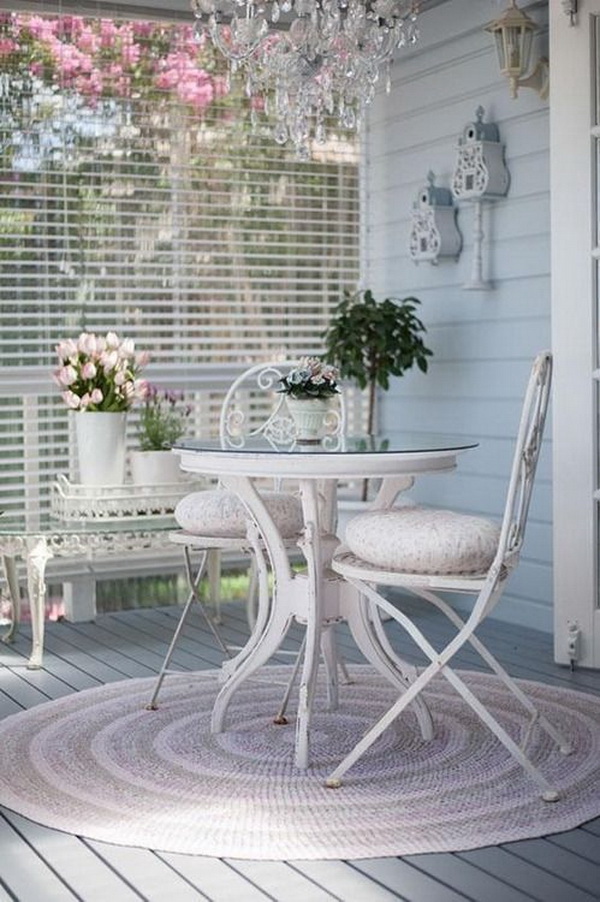
While its roots are undeniably vintage, shabby chic isn't static. It has evolved over time, absorbing influences from various trends while retaining its core identity. Initially gaining popularity in the 1980s, it has seen periods of both widespread adoption and relative quietude. However, it consistently reemerges, adapting to modern sensibilities without sacrificing its essential charm.
Contemporary interpretations of shabby chic often incorporate a more modern color palette, including subtle jewel tones and deeper neutrals. Silhouettes can be more contemporary too, blending vintage inspiration with modern cuts and styles. However, the emphasis on natural fabrics, delicate detailing, and intentional imperfection remains constant, forming the bedrock of the aesthetic's enduring appeal.
Shabby Chic for the Modern Woman
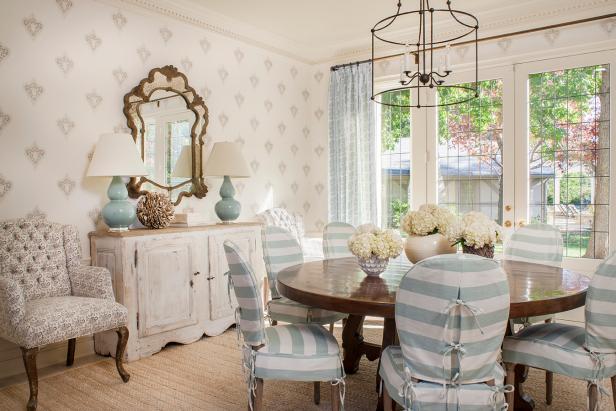
The beauty of shabby chic lies in its adaptability. It can be incorporated into a multitude of styles and contexts, from bohemian chic to romantic vintage. Whether you're aiming for a completely head-to-toe shabby chic look or simply want to incorporate a few key elements, the possibilities are endless. It’s a style that's both timeless and trendsetting, capable of evolving alongside personal preferences and the changing fashion landscape.
The shabby chic aesthetic offers a refreshing alternative to fast fashion and trend-driven consumption. It encourages mindful choices, valuing quality over quantity, and appreciating the beauty of well-loved garments. It’s a style that promotes self-expression, allowing individuals to create a unique and authentic look that reflects their personality and values.
Conclusion: Embrace the Charm
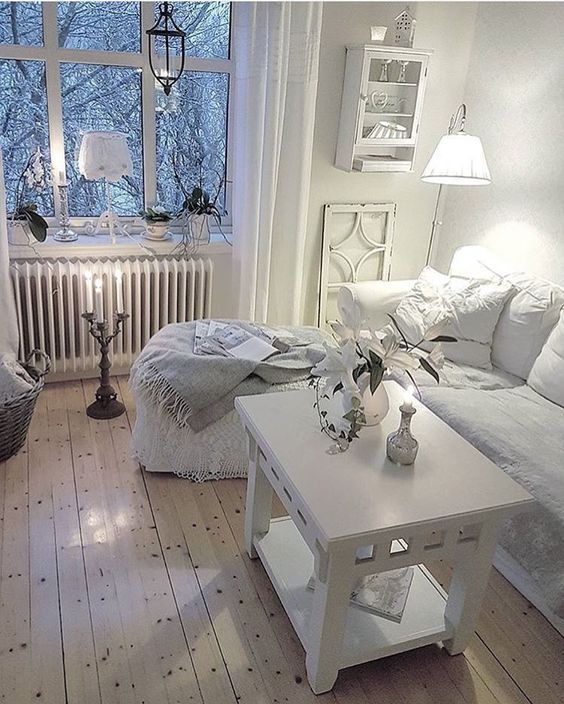
Shabby chic is more than just a trend; it's a way of life. It's about embracing imperfection, celebrating history, and finding beauty in the unexpected. It’s a style that encourages creativity, individuality, and a deep appreciation for the passage of time. By incorporating its key elements and understanding its core philosophy, you can create a wardrobe and a lifestyle that is both charming and uniquely your own. So, dive into the world of shabby chic, reimagine vintage, and embrace the delightful charm of this enduring aesthetic.
Shabby Chic Style: Effortless Charm
The shabby chic aesthetic, a beloved design style that transcends mere trends, offers a unique blend of vintage charm and understated elegance. It's a look that celebrates imperfection, embracing the beauty of faded fabrics, delicate lace, and timeworn textures. This isn't about dishevelment; rather, it's a carefully curated aesthetic that exudes a sense of relaxed sophistication, hinting at a life rich in stories and experiences. This article will delve into the core principles of shabby chic clothing, exploring its history, key elements, how to incorporate it into your wardrobe, and how to achieve that effortless, charming look.
A History of Shabby Chic: From Humble Beginnings to Global Style
The term "shabby chic" is often attributed to Rachel Ashwell, a British-born designer who popularized the style in the 1980s. While its origins are less definitively pinpointed than some other fashion movements, it drew inspiration from several sources. The romanticism of the Victorian era, with its lace, floral patterns, and delicate details, played a significant role. The repurposing and upcycling of vintage and antique items, a movement gaining traction at the time, also contributed significantly to the aesthetic. The overall effect was a deliberate move away from the stark minimalism that was prominent in the preceding decades, embracing instead a sense of warmth, nostalgia, and handcrafted authenticity.
Instead of aiming for pristine perfection, shabby chic celebrated the patina of time. Faded colours, slightly worn fabrics, and delicate imperfections were not flaws but rather integral parts of the overall aesthetic. This rejection of mass-produced uniformity resonated with a growing desire for individuality and a connection to more authentic forms of beauty. The movement's popularity spread rapidly, extending beyond interior design to encompass fashion and lifestyle choices, cementing its place as a lasting and influential style.
Key Elements of Shabby Chic Clothing
The shabby chic wardrobe is characterized by a specific palette and a selection of carefully chosen garments and accessories. Understanding these key elements is crucial to successfully achieving this effortless charm:
1. Colour Palette: The colour palette of shabby chic clothing is typically soft and muted. Think pale pastels, such as powder blue, blush pink, lavender, and creamy ivory. These gentle hues are often juxtaposed with neutral tones like off-white, beige, and grey. Accents of deeper colours, like soft greens, dusty rose, or muted blues, can add depth and visual interest without overpowering the overall delicate feel. Avoid bright, bold colours, as they can clash with the inherent gentleness of the style.
2. Fabrics and Textures: The choice of fabrics is central to the shabby chic look. Lightweight cotton, linen, lace, tulle, and silk, often in slightly worn or distressed conditions, are all common choices. These fabrics lend themselves to the characteristic flow and drape of shabby chic garments. The tactile element is crucial – the soft feel of the fabric against the skin contributes to the overall romantic and comforting aesthetic. Embroidered details, delicate floral patterns, and subtle textures, like crochet or eyelet, add another layer of richness.

3. Key Garments: The shabby chic wardrobe often incorporates specific garments that embody the style's core principles:
-
Flowy dresses: Loose-fitting dresses, particularly those with gathered skirts, ruffled sleeves, or tiered layers, are quintessential shabby chic garments. These dresses exude femininity and a sense of relaxed elegance. Floral prints and delicate embroidery further enhance the romantic appeal.
-
Romantic blouses: Blouses in lightweight fabrics, featuring lace details, ruffles, or delicate embroidery, are excellent additions to a shabby chic wardrobe. They can be paired with skirts, jeans, or trousers for a variety of looks.

-
Cardigans and sweaters: Soft knit cardigans or lightweight sweaters in pale pastels or neutral tones provide warmth and layer beautifully over dresses or blouses. Look for styles with delicate detailing or interesting textures.
-
Skirts: Flowy skirts, particularly A-line or gathered skirts, are ideal for showcasing the romantic feel of the shabby chic aesthetic. Consider skirts in floral prints, lightweight cotton, or linen.
-
Denim (with a twist): While seemingly at odds with the delicate nature of shabby chic, well-worn denim can be incorporated with careful consideration. Opt for lighter washes, distressed details, or pieces with delicate embroidery or patches to integrate them seamlessly into the aesthetic.
4. Accessories: Accessories are crucial for completing a shabby chic outfit and adding those final touches of charm. Consider these options:
-
Delicate jewelry: Opt for dainty necklaces, earrings, and bracelets featuring pearls, delicate chains, or small charms. Avoid overly large or ostentatious pieces; subtlety is key.
-
Vintage-inspired bags: A small satchel, a worn leather tote, or a vintage-inspired handbag can add a touch of character and history to your outfit.

-
Scarves and shawls: Lightweight scarves or shawls in floral prints or delicate textures can be used to add a layer of warmth or visual interest.
-
Headbands and hats: A delicate headband or a wide-brimmed hat can add a touch of romanticism and elegance to a shabby chic outfit.
Incorporating Shabby Chic into Your Existing Wardrobe

You don't need to completely overhaul your wardrobe to incorporate shabby chic elements. Start by identifying pieces you already own that align with the aesthetic. Then, consider strategic additions to enhance the look:
-
Layer your clothes: Layering is crucial for creating the depth and texture characteristic of shabby chic. Pair a delicate blouse with a flowy skirt or a cardigan over a simple dress.
-
Accessorize thoughtfully: Accessories can transform an ordinary outfit into a shabby chic masterpiece. Add a delicate necklace, a vintage-inspired scarf, or a charming handbag to elevate your look.

-
Embrace imperfections: Don't be afraid to showcase the natural wear and tear of your clothes. A slightly faded colour or a delicate fray adds to the authentic charm of the style.
-
Mix and match textures: Combining different textures, like lace, linen, and knitwear, creates visual interest and depth.
-
Incorporate vintage pieces: Look for vintage or secondhand clothing that embodies the shabby chic aesthetic. Thrifted pieces can be a great way to add unique and affordable items to your wardrobe.

Avoiding Common Shabby Chic Pitfalls
While embracing the charm of imperfection, it's crucial to avoid certain pitfalls that can detract from the overall aesthetic:
- Overdoing the distressed look: Too much distressing can make an outfit look messy rather than charming. A few subtle imperfections are more effective than an overly worn or tattered appearance.

-
Clashing colours and patterns: Stick to the muted palette and avoid clashing patterns. Too many prints or jarring colours will disrupt the harmonious feel of the style.
-
Ignoring fit: While shabbiness is part of the aesthetic, sloppy fit isn't. Ensure your clothes fit well, even if they're loose or flowy.
-
Neglecting accessories: Accessories are key to completing a shabby chic look. Don't underestimate their power to elevate an outfit.

- Forgetting the overall feeling: Shabby chic is more than just a collection of garments; it’s a feeling. Ensure your choices reflect the overall sense of romance, gentle beauty, and understated charm.
Shabby Chic Style Beyond Clothing: A Holistic Approach
Shabby chic is more than just a fashion statement; it’s a lifestyle that extends to other aspects of life. This aesthetic permeates the home, reflecting the same principles of gentle charm and romantic imperfection. The use of vintage furniture, delicate fabrics in home décor, and a preference for soft, muted colours create a cohesive and inviting atmosphere. This holistic approach emphasizes a connection to the past, a celebration of handcrafted items, and a relaxed approach to living.

The effortless charm of shabby chic style lies in its ability to blend elegance with comfort, sophistication with simplicity. It's a style that encourages individuality and self-expression, allowing you to curate a look that reflects your personal story and embraces the beauty of imperfection. By carefully selecting fabrics, colours, and accessories, you can create a unique and timeless wardrobe that exudes a sense of relaxed refinement and heartfelt charm, a style that transcends fleeting trends and continues to resonate with those who appreciate understated elegance and the beauty of well-loved things.



